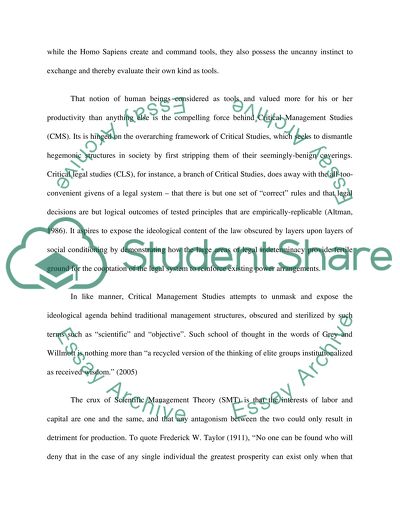Cite this document
(“Scientific and Critical Management Theories Article”, n.d.)
Scientific and Critical Management Theories Article. Retrieved from https://studentshare.org/science/1532122-scientific-and-critical-management-theories
Scientific and Critical Management Theories Article. Retrieved from https://studentshare.org/science/1532122-scientific-and-critical-management-theories
(Scientific and Critical Management Theories Article)
Scientific and Critical Management Theories Article. https://studentshare.org/science/1532122-scientific-and-critical-management-theories.
Scientific and Critical Management Theories Article. https://studentshare.org/science/1532122-scientific-and-critical-management-theories.
“Scientific and Critical Management Theories Article”, n.d. https://studentshare.org/science/1532122-scientific-and-critical-management-theories.


